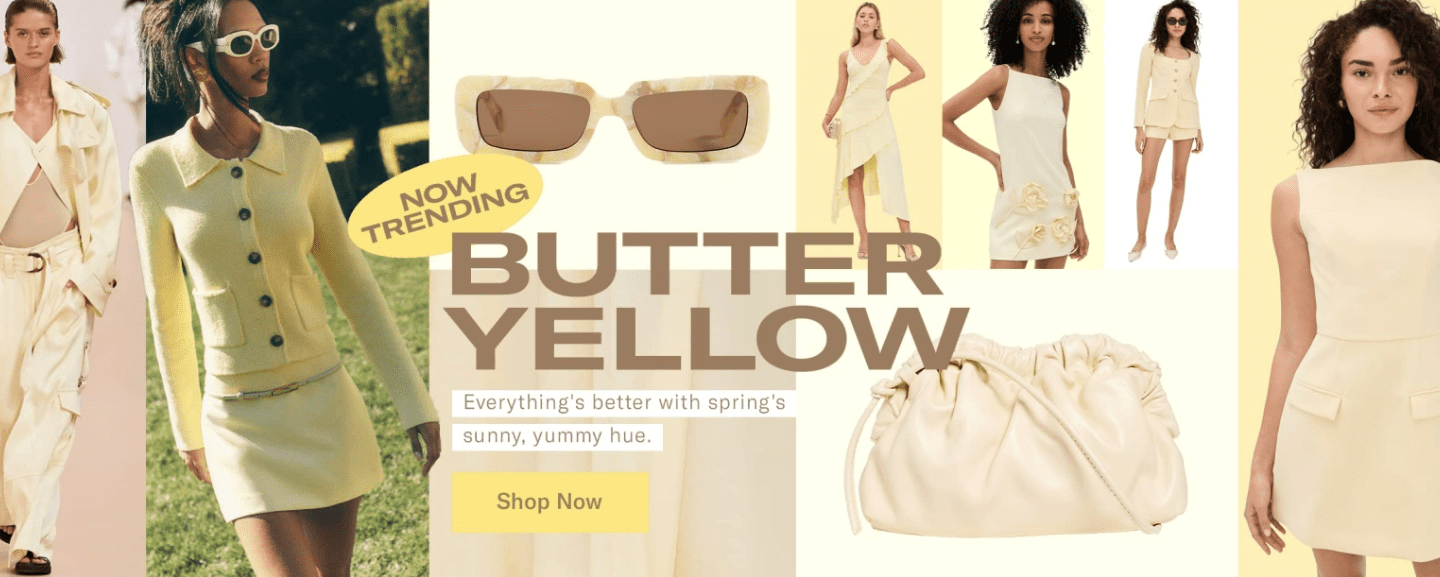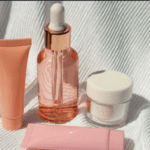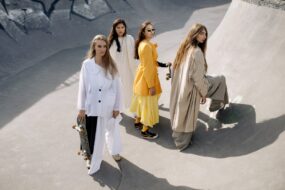
Introduction
Fashion has long been a reflection of cultural norms, social expectations, and personal expression. For centuries, clothing has been categorized into rigid gender binaries, with specific styles, colors, and fabrics assigned to men and women. However, in recent years, there has been a remarkable shift in the fashion industry toward gender-neutral fashion, breaking traditional gender norms and redefining personal style. This transformation is not just a trend but a movement that signifies inclusivity, individuality, and freedom from societal constraints.
A Brief History of Gendered Fashion
Historically, clothing has not always been confined to strict gender categories. In ancient civilizations, garments were often unisex, with men and women wearing similar draped fabrics. However, as societies evolved, gender distinctions in fashion became more pronounced. The Victorian era, for example, saw the rigid enforcement of gender-specific attire, with women donning corsets and voluminous skirts, while men wore tailored suits and trousers. These distinctions persisted throughout the 20th century, with fashion reinforcing societal expectations of masculinity and femininity.
The late 20th century, however, saw some defiance of these norms. Designers like Yves Saint Laurent introduced the tuxedo suit for women, challenging traditional notions of femininity. The 1980s and 1990s witnessed further experimentation, with musicians like David Bowie, Prince, and Madonna blurring gender lines through their eclectic and androgynous styles. While these instances were groundbreaking, they were often seen as avant-garde rather than a mainstream shift in fashion norms.
The Rise of Gender-Neutral Fashion
In the 21st century, the fashion industry has undergone a profound transformation, moving toward a more inclusive and fluid understanding of gender. Several factors have contributed to this shift:
- Cultural and Social Awareness
The increasing dialogue around gender identity and expression has led to a greater understanding of non-binary and gender-fluid identities. As society becomes more accepting of diverse gender expressions, the demand for gender-neutral fashion has grown. - Influence of Celebrity and Pop Culture
Celebrities and influencers play a significant role in shaping fashion trends. Figures like Harry Styles, Billie Eilish, Jaden Smith, and Lil Nas X have embraced androgynous fashion, normalizing the idea that clothing should not be confined by gender. - High Fashion’s Embrace of Androgyny
Luxury fashion brands have been at the forefront of gender-neutral fashion. Designers such as Gucci’s Alessandro Michele, Telfar Clemens, and Rick Owens have consistently presented collections that defy traditional gender norms, featuring silhouettes and fabrics that are inclusive of all gender identities. - The Role of Social Media
Social media platforms have amplified conversations around gender-neutral fashion, allowing individuals to showcase their unique styles and challenge societal expectations. Hashtags like #genderlessfashion and #androgynousstyle have created a community that embraces fashion beyond the binary. - Retailers and Brands Adapting to Change
Many mainstream brands are now recognizing the demand for gender-neutral clothing. Companies like H&M, Zara, and Adidas have launched gender-fluid collections, offering apparel that is designed for all body types and identities.
Key Elements of Gender-Neutral Fashion
Gender-neutral fashion is characterized by several defining elements:
- Neutral Color Palettes
Traditional gendered colors, such as pink for girls and blue for boys, are being replaced by a more neutral palette, including blacks, whites, grays, and earth tones. - Oversized and Relaxed Silhouettes
Rather than form-fitting or overly structured clothing, gender-neutral fashion often favors oversized, relaxed, and fluid silhouettes that can be worn by people of all gender identities. - Minimalist and Functional Designs
The focus is on comfort, versatility, and timeless appeal. Many gender-neutral pieces prioritize function over form, making them practical for a wide range of wearers. - Unisex Accessories and Footwear
Footwear and accessories are also embracing gender neutrality, with brands designing sneakers, boots, and bags that cater to a broader audience rather than specific genders.
Challenges and Criticisms of Gender-Neutral Fashion
Despite its growing popularity, gender-neutral fashion faces challenges and criticisms:
- Commercialization and Tokenism
Some brands adopt gender-neutral fashion as a marketing strategy rather than a genuine commitment to inclusivity. Critics argue that without deeper societal change, these efforts remain superficial. - Lack of Size Inclusivity
While gender-neutral fashion aims to be inclusive, many brands still struggle with offering a wide range of sizes that accommodate diverse body shapes. - Pricing and Accessibility
Many gender-neutral collections are released by high-end designers, making them inaccessible to the general public. Affordable, everyday gender-neutral fashion options are still limited. - Resistance to Change
Despite progress, traditional gender norms remain deeply ingrained in society. Some individuals and cultures resist the shift toward gender-neutral fashion, viewing it as a challenge to established traditions.
The Future of Gender-Neutral Fashion
The future of fashion is undoubtedly moving toward greater inclusivity and self-expression. As gender-neutral fashion continues to evolve, we can expect:
- Increased Representation
More brands and designers will incorporate gender-neutral fashion in their collections, leading to greater diversity in mainstream fashion. - Advancements in Fabric Technology
Innovations in fabric design will lead to more adaptable and versatile clothing that caters to a diverse range of body types and gender expressions. - More Sustainable Practices
Gender-neutral fashion aligns with the sustainable fashion movement, as unisex clothing encourages longer wearability and reduces the need for excessive consumption. - Breaking Barriers in Professional and Formal Attire
As gender-neutral fashion gains traction, traditional industries like business and formalwear will likely embrace more fluid and inclusive dress codes.
Conclusion
The rise of gender-neutral fashion is more than just a trend—it is a reflection of a broader cultural shift toward self-expression, inclusivity, and the rejection of restrictive norms. As society continues to evolve, fashion will remain a powerful tool for challenging and redefining gender roles. By embracing clothing that prioritizes individuality over societal expectations, we take another step toward a more inclusive and liberated world.






















